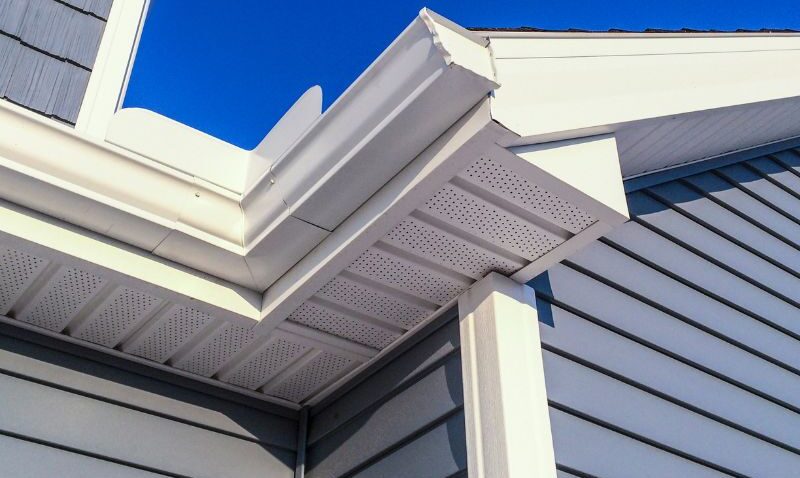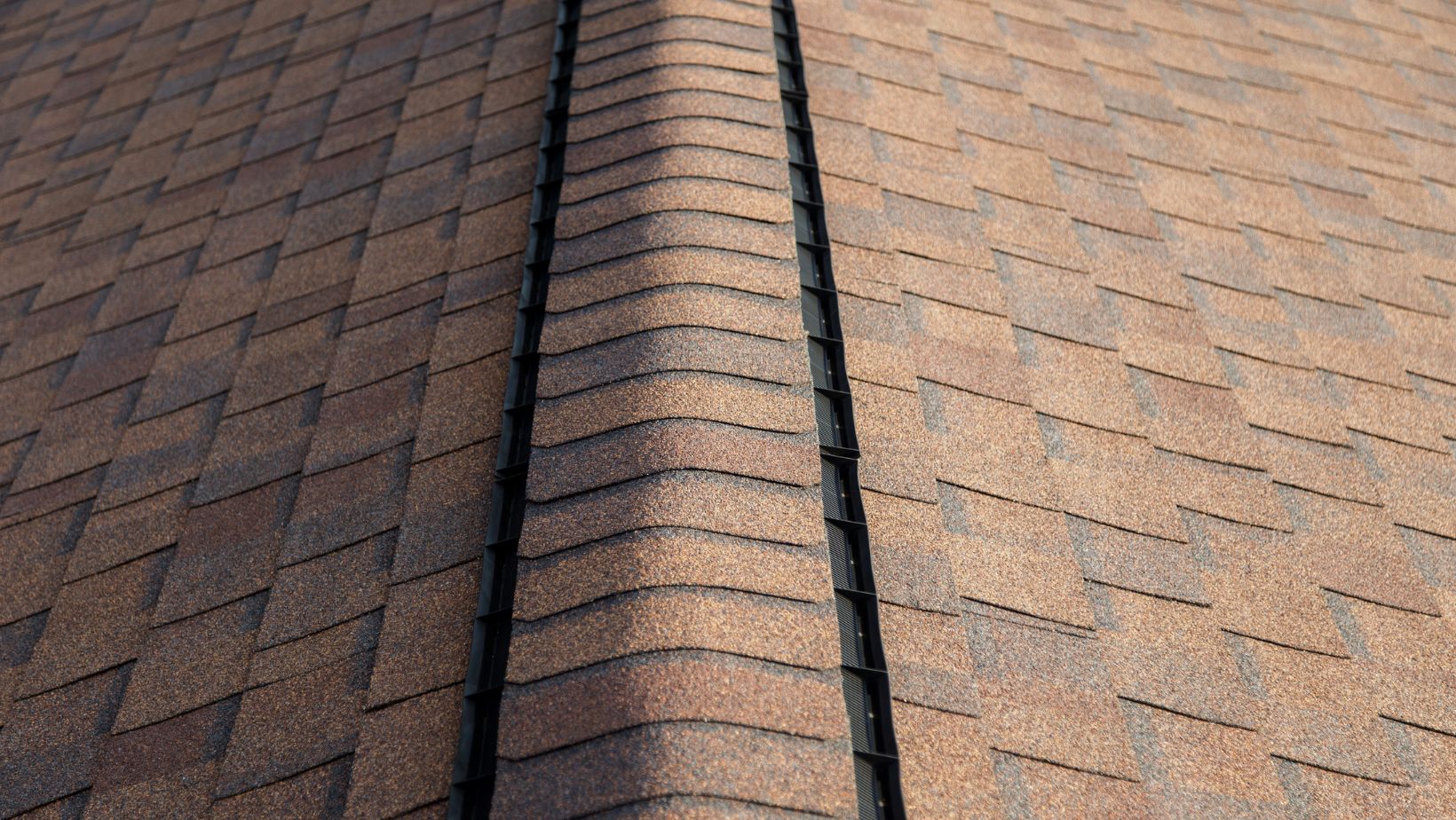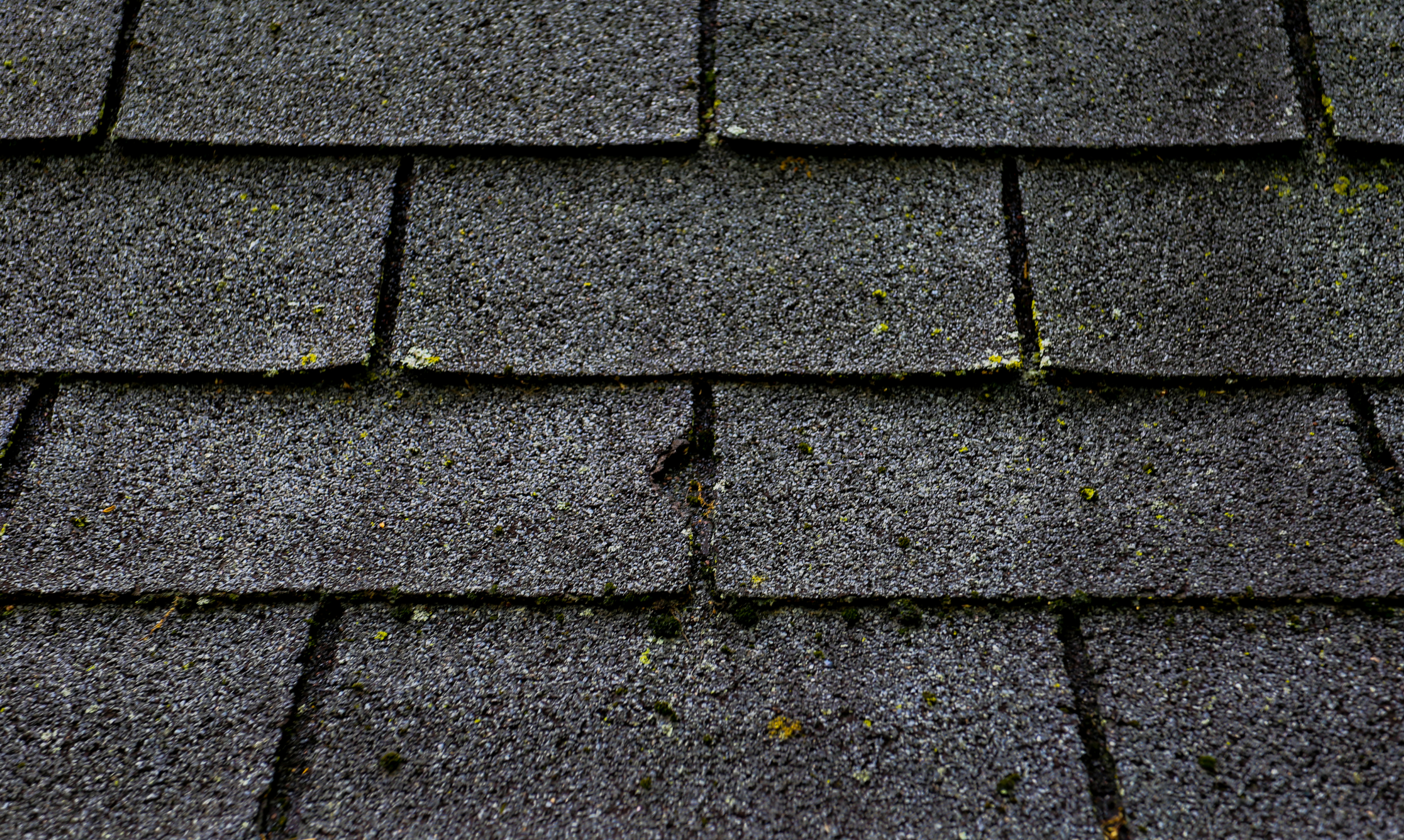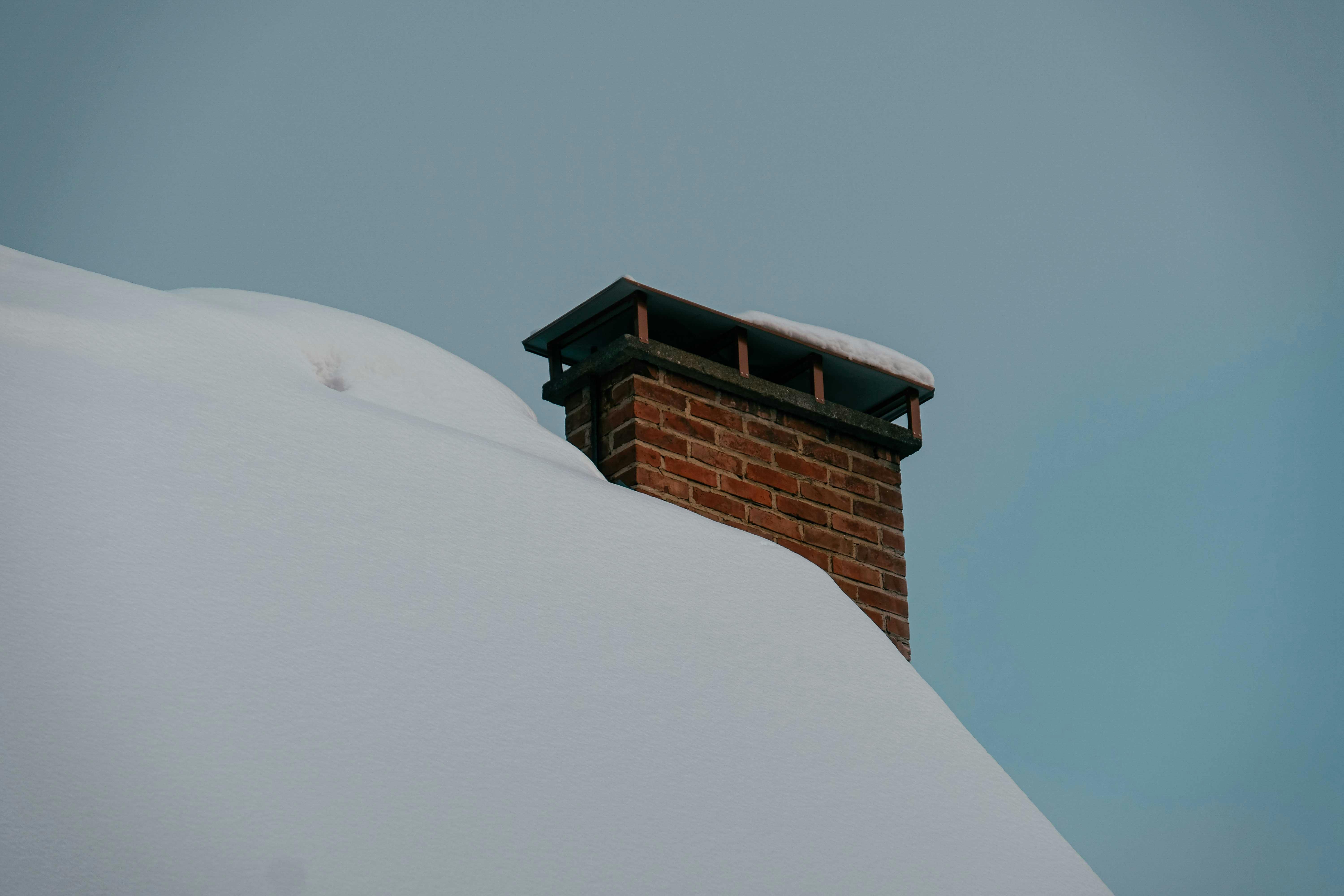Introduction
The importance of proper ventilation
When it comes to maintaining a healthy, energy-efficient home, one crucial aspect that often goes unnoticed is proper roof ventilation. Adequate ventilation not only regulates temperature extremes but also safeguards your home from moisture damage, mold growth, and premature aging. In this blog post, we will explore the importance of roof ventilation, how it is calculated, the significance of balanced ventilation, the difference between intake and exhaust, the distinction between passive and active ventilation, and how proper ventilation can significantly extend the lifespan of your roof.
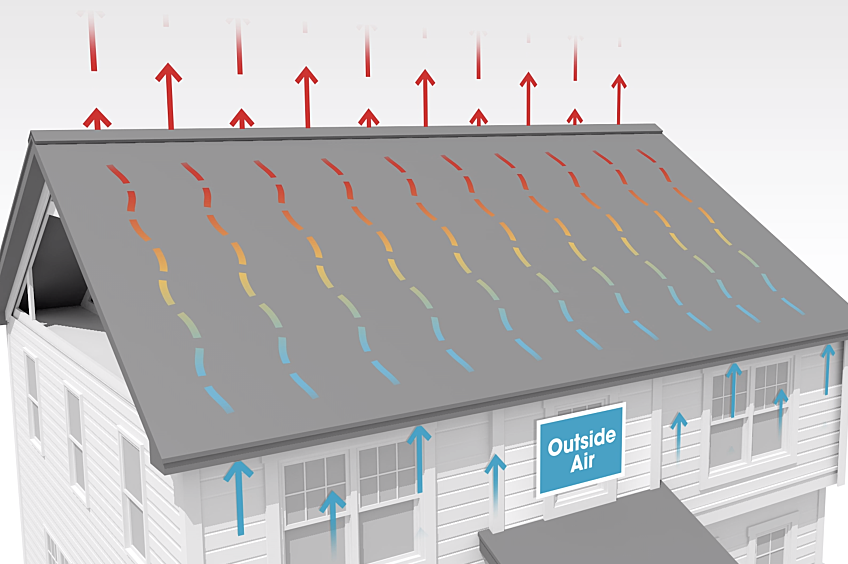
The Importance of Proper Ventilation:
Proper roof ventilation plays a vital role in preserving the integrity and longevity of your home. It helps regulate temperature extremes by allowing hot air to escape during summer and preventing moisture buildup during colder months. Without adequate ventilation, your roof becomes susceptible to numerous issues such as moisture damage, mold growth, premature aging, and higher energy consumption.
Calculating Ventilation Requirements:
Determining the right amount of ventilation for your roof involves calculating the net free area (NFA). The NFA represents the total unobstructed area through which air can flow in and out of the attic space. To calculate the NFA, factors such as the size of the attic, local building codes, and the type of ventilation system being used are taken into account. We can help ensure accurate calculations for your specific needs.
The Importance of Balanced Ventilation:
Balanced ventilation is a key principle in roof ventilation design. It involves ensuring an equal and continuous flow of air into and out of the attic space. Balanced ventilation prevents the formation of stagnant air pockets and allows for optimal temperature and moisture control throughout the year. It also minimizes the potential for damage due to excessive heat, moisture, or condensation.
Intake vs. Exhaust Ventilation:
Intake and exhaust ventilation work together to create a balanced airflow system. Intake vents, such as soffit vents, allow fresh air to enter the attic space, while exhaust vents, like ridge vents or gable vents, enable the escape of hot air. The combination of intake and exhaust vents ensures a continuous and efficient airflow, preventing issues caused by stagnant or trapped air.
Passive vs. Active Ventilation:
Passive and active ventilation are two primary methods used to achieve proper roof ventilation. Passive ventilation relies on natural forces such as wind and thermal buoyancy to create airflow. It includes vents like ridge vents, soffit vents, and gable vents. Active ventilation, on the other hand, utilizes mechanical devices like power vents or fans to actively draw air out of the attic space. The choice between passive and active ventilation depends on factors such as the size of the attic, climate conditions, and personal preferences.
The Benefits of Proper Ventilation for Roof Longevity:
Proper ventilation significantly extends the lifespan of your roof by preventing moisture buildup, mold growth, and excessive heat. It helps maintain the integrity of roofing materials, reducing the risk of premature aging, warping, or rotting. Furthermore, by reducing the temperature extremes in the attic, ventilation reduces the strain on your HVAC system, leading to lower energy consumption and potential cost savings.
Conclusion
Proper Ventilation is Crucial
Roof ventilation is a critical aspect of maintaining a healthy, energy-efficient home. Proper ventilation ensures temperature regulation, moisture control, and the longevity of your roof. By understanding the importance of ventilation, calculating the requirements, aiming for balanced airflow, considering intake and exhaust vents, and choosing between passive and active systems, you can create an optimal ventilation solution for your home. Investing in proper roof ventilation will not only protect your home but also contribute to a comfortable and sustainable living environment for you and your family.
